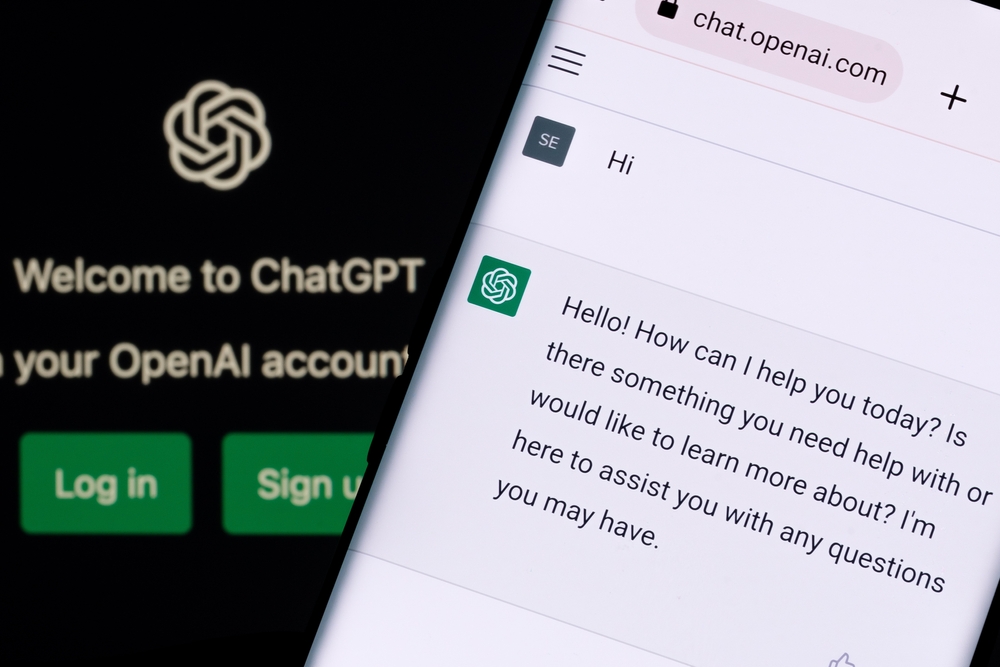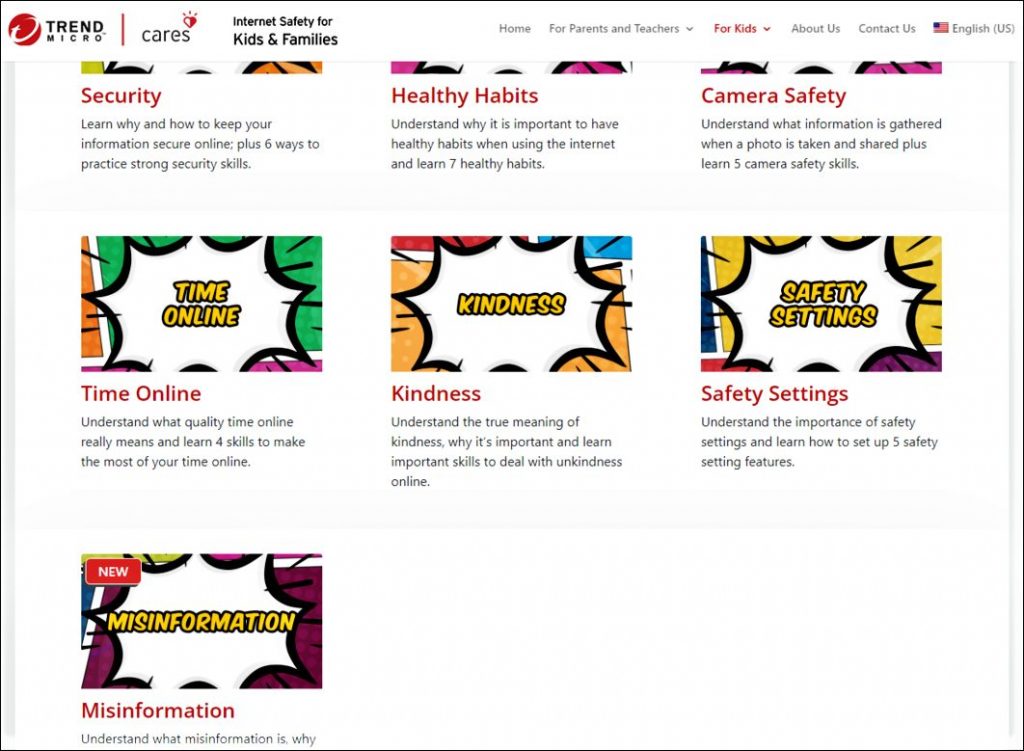Released on November 30th of last year, ChatGPT is a chatbot developed by OpenAI, the startup co-founded by the likes of Elon Musk in 2015 and financed by Microsoft among others. These are powerful tools that will have major ramifications for communication, education, and many other areas. AI chatbots are big business too: Google lost $100 billion in market value after its own bot, Bard, answered just one question incorrectly.
Unsurprisingly, society has been full of questions: from concerns about journalistic and academic integrity to parents’ worries over what the likes of ChatGPT means for schooling, misinformation, and safety online. With this in mind, we thought we’d put together an article on the what, why, and how, of ChatGPT — and what it means for children.

ChatGPT and AI
ChatGPT is a natural language processing tool, based around a powerful generative AI that uses data from the internet to write its own text. It can answer almost any question, and produce almost any content — from articles to emails, and songs to poems. In its own words:
“ChatGPT is an AI language model developed by OpenAI, which is capable of generating human-like text based on the input it is given. The model is trained on a large corpus of text data and can generate responses to questions, summarize long texts, write stories and much more. It is often used in conversational AI applications to simulate a human-like conversation with users.”
AI chatbots have been around for a while, with the first, ELIZA, created way back in the sixties. Neither will ChatGPT be the last, but it’s the most advanced so far (by some margin) and will only improve — with the next version, GPT-4, slated for release later this year.
ChatGPT: Documented Uses
The possibilities are seemingly endless for what ChatGPT can do. It can carry out coding and create malware, write email replies, compose essays and articles on any topic, write poems and song lyrics, create artwork and design briefs, write shopping lists, and send convincing messages on dating apps. Some amusing and/or scary documented cases of ChatGPT include:
- Researchers at CyberArk created a new polymorphic malware with the AI;
- ChatGPT wrote a song in the voice of Nick Cave (he wasn’t a fan);
- When requested by software company, Sprinklr, ChatGPT composed a rap dissing Google;
- It’s also been used as a Linux terminal and debugging tool,
- Not to mention, as a brainstorming buddy and SEO lifehack;
- Copywriting maestro, Dave Harland, used ChatGPT to come up with some great brand names;
- And it’s even been used for movie and TV series recommendations!
How Will ChatGPT Impact Children and Learning?
While the above is fascinating and often amusing, AI chatbots are inevitably entering the realm of children and education. With that in mind, it is expected for parents to ask what ChatGPT mean for their kids. Unfortunately, students have already been caught plagiarizing with ChatGPT, while the tool has been banned in numerous school districts. Another concern is misinformation, because the information used by an AI chatbot is old — ChatGPT for example, uses data from 2021.
On the plus side, the creators themselves, OpenAI, have developed a free tool for identifying AI-generated content. It’s called “AI Text Classifier”, and is available here. At the same time, ChatGPT even offers its own suggestions for spotting AI-generated text:
- “Check for patterns and inconsistencies: AI-generated content may have patterns or inconsistencies that indicate it was generated by a machine, such as repeating the same phrase multiple times or using the same structure repeatedly.”
- “Look for signs of human error: AI-generated content may contain errors or inconsistencies that would not be present in human-generated content, such as awkward phrasing or lack of context.”
- “Check the context: AI-generated content may be out of context or not make sense in the context of the conversation.”
Interestingly, a linguistics researcher at Stanford found that even kids and young adults themselves are skeptical of the benefits of ChatGPT and other AI tools.
Are There Positives for Children and ChatGPT?
It’s not all doom and gloom however, with teachers recognizing that ChatGPT and other tools are here to stay, and deciding to incorporate it into education instead — while explaining its uses and dos and don’ts. Potential positives that are being overlooked by many include:
1. Affordable Access
Given that ChatGPT is a free tool, it means that children from all backgrounds can access it and benefit from integration and interaction. This is sadly not normally the case with educational tools, so it’s a big positive (see our Cyber Academy below for more on this point).
2. Teaching Assistance
With big classes, a single teacher can often feel overwhelmed. With ChatGPT being used as an assistant and/or work station, a teacher will be better placed to direct attention to where it’s most needed.
3. Critical Skills
Powerful AI tools like ChatGPT can be a great source for problem solving and lateral thinking games. Such interactive learning may also be of great benefit to children that struggle with more traditional educational methods.
4. Encouraging Innovation
By using new and innovative tools for positive uses, we will improve tech-literacy and instill in children a passion for tomorrow’s inventions — especially with females, who are still underrepresented in STEM subjects.
5. Preparing for the Future
At the same time, as technological progress marches on, using tools like ChatGPT from an early age will help future generations navigate the new, increasingly AI-integrated world.
A Helping Hand from Trend Micro

Ultimately, what’s needed is — as with all technological progress — a degree of realism and positivity from educators and parents. Tools like ChatGPT are here to stay, so it’s better to communicate with and educate our children regarding potential uses and ethical dos and don’ts.
Our Internet Safety for Kids and Families program will be a great resource for that. Founded in 2008, ISKF has reached nearly 4 million students, parents, and teachers in 20 countries. Its Cyber Academy, available in 13 languages, is a fun interactive series for children and their parents to learn lessons on internet safety and digital wellness. The Misinformation lesson would be a great start in light of the above.
Meanwhile, our FREE Trend Micro ScamCheck product has a Social Media Checker tool that will add another layer of protection by preventing strangers from getting in contact with your child. Currently supporting Instagram and Snapchat, Facebook is also in the works. For a full how-to guide, check out our tutorial article.
